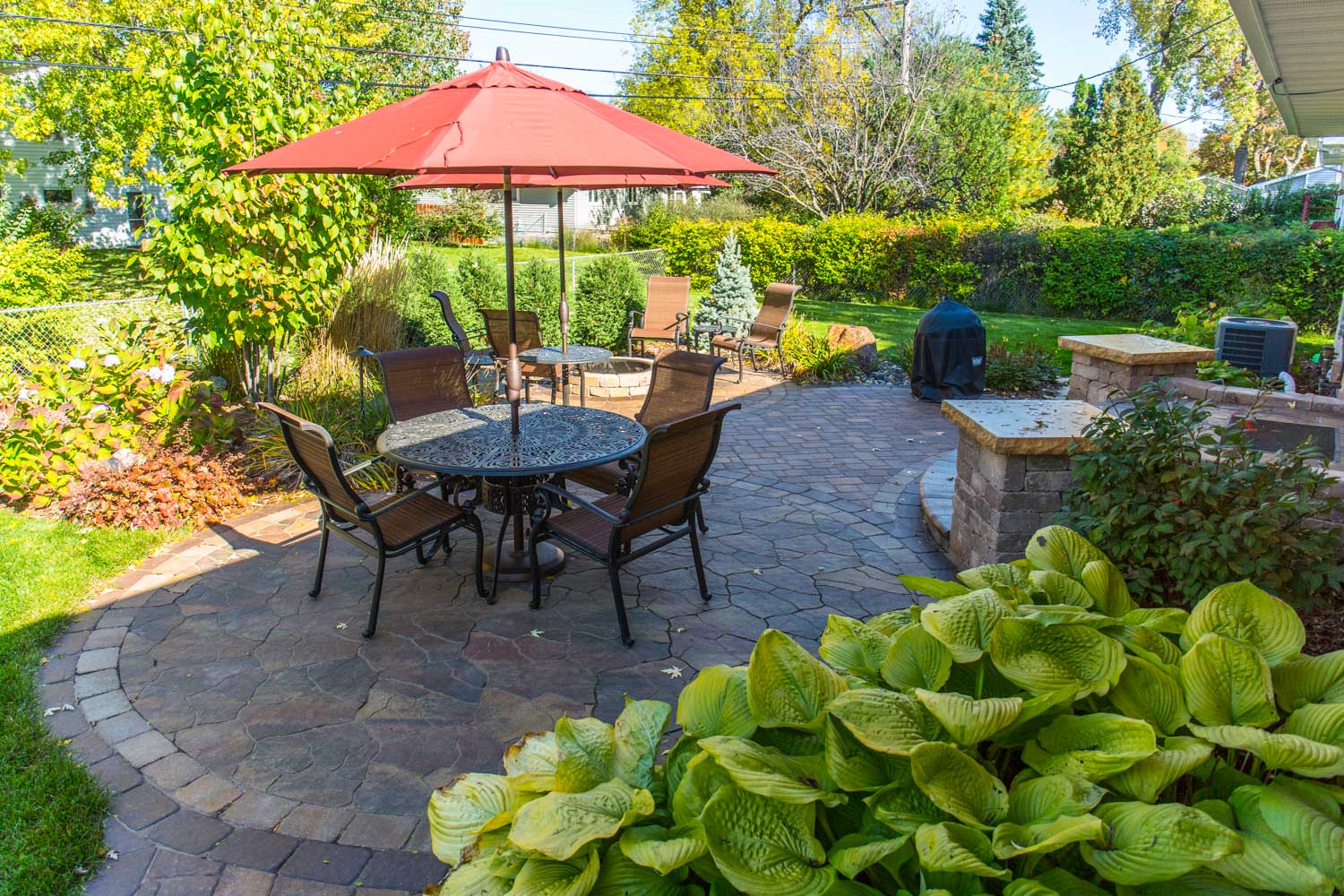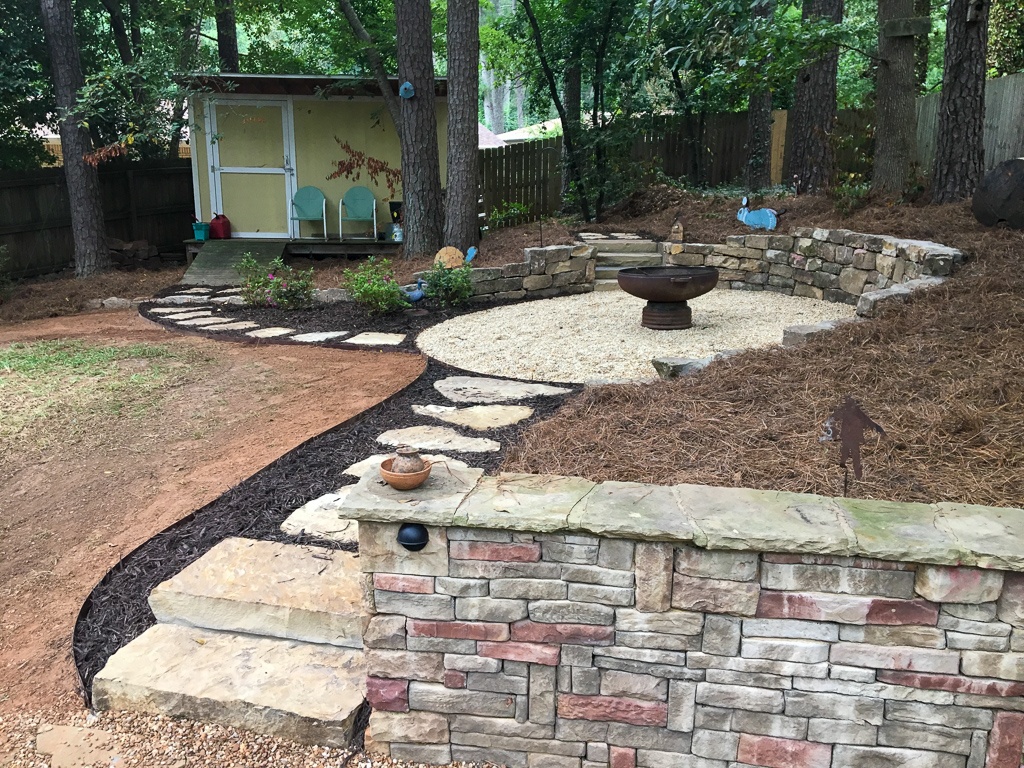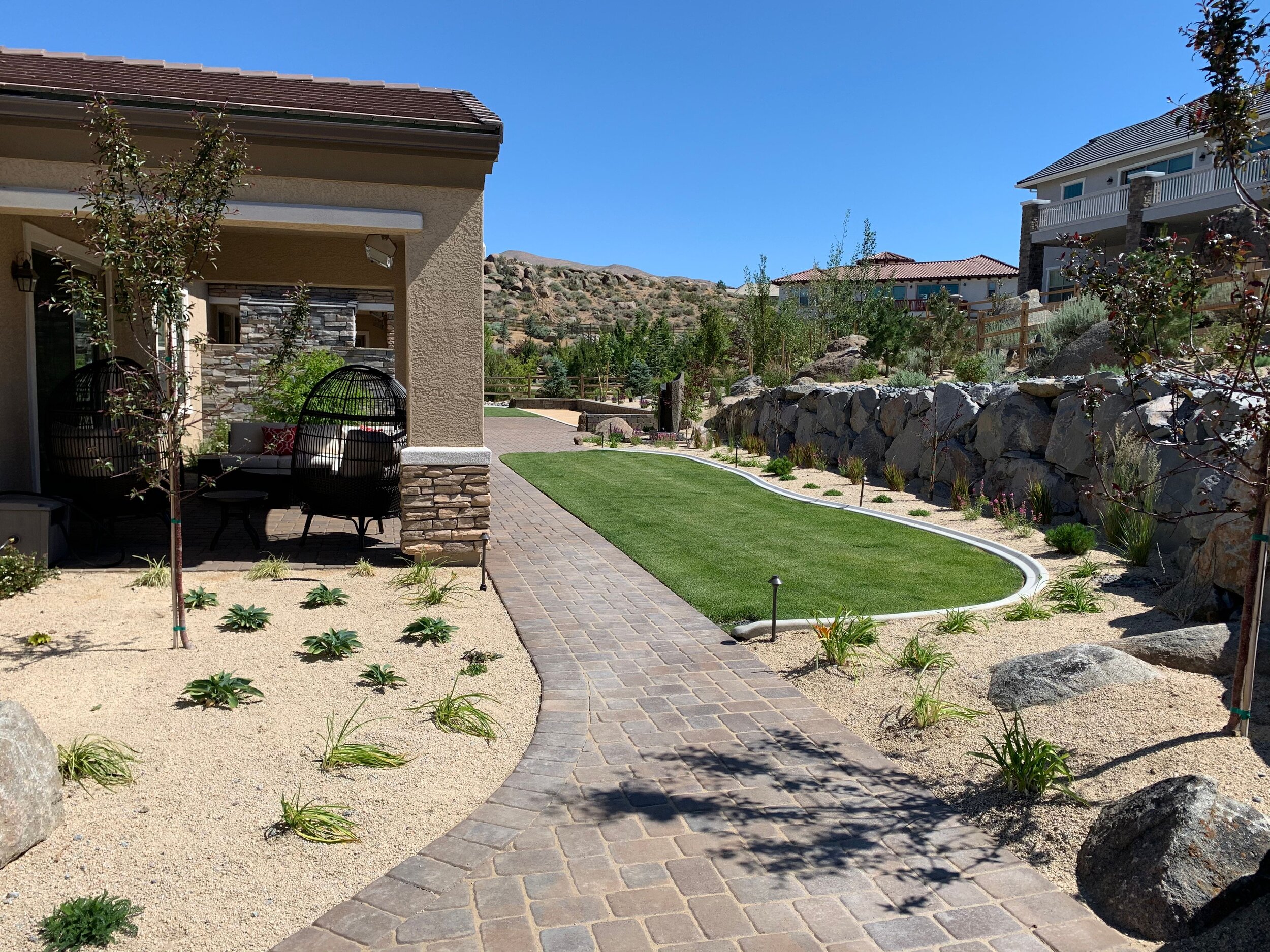All Categories
Featured
Table of Contents
- – Landscape Companys West Covina, CA
- – Pacific Green Landscape Maintenance
- – Backyard Landscaping Company West Covina, CA
- – Backyard Landscaping Company West Covina, CA
- – Landscaping Design Company West Covina, CA
- – Landscape Consulting West Covina, CA
- – Drought Tolerant Landscape Design West Covin...
- – Landscape Design Companies West Covina, CA
- – Landscape Design Companies West Covina, CA
- – Water Wise Landscaping West Covina, CA
- – Landscaping Designers West Covina, CA
- – Front House Landscaping West Covina, CA
- – Landscape Companies In California West Covin...
- – Pacific Green Landscape Maintenance
Landscape Companys West Covina, CA
Pacific Green Landscape Maintenance
6530 Whittier Ave Whittier, CA 90601-3919(562) 203-3567
Pacific Green Landscape Maintenance
, including flood lamps, course lights, wall-mounted lights, and message lights. Floodlights are made use of to brighten large outdoor areas, while path lights are made use of to guide individuals through walkways and entrances.
Selecting the right exterior illumination relies on several elements, such as the dimension and layout of your building, the architectural style of your home, and your individual preferences. It's necessary to function with a like Minnesota Landscapes to design and mount the best outside illumination system for your residential property. can increase your Double Cities building's value, boost security and protection, and boost the overall layout of your building. At, we're devoted to making and installing the for your residential property, occurring you get one of the most out of your financial investment.
It appears they do not provide thorough pool develops, architectural elements, or complicated exterior living layouts. Evaluations suggest they might not have developed to the highest possible level of growing criteria.
Backyard deliberately concentrates on high-grade landscape style and construct services. While they do not offer continuous upkeep, they supply well-crafted outdoor rooms with interest to detail. Additional study shows that Yard by Style does not build swimming pools internal, limiting their capability to totally integrate outside living parts like High Pasture Outdoors.
Backyard Landscaping Company West Covina, CA
Some contractors concentrate on fiberglass, others in vinyl, and a couple of deliver completely customized deluxe options. Here are the top options for Kansas City homeowners. Home Town Yard and Swimming pool specializes in fiberglass pool setups with a solid credibility for quick, budget-friendly projects. Their bundled backyard bundles make it very easy for homeowners to attain a full makeover without inconvenience.

We offer the the adhering to areas South Central PA Eastern If we can exercise an easy strategy with our initial discussion, there is on the house. Garden style prices rely on the intricacy of the website to measure and the complexity of the suggested yard. Many of our plans cost in between $1,500 and $7500.
Backyard Landscaping Company West Covina, CA
You have complete control over that choice. When our developer meets with you, one of our very first thoughts is exactly how to use all the components of your home's setting to boost your yard living experience. Sometimes, when what you own is an excellent fit, we can contribute to your "in-place" products.
This way you can keep and establish all the parts you enjoy about your home, while enhancing your view. Given that we are functioning to bring you into day-to-day call with the environment, our first thoughts are to use natural materials such as: genuine stone, genuine plants. Selecting products is a decision we make together so you have a clear feeling of the choices and their advantages.
Landscaping Design Company West Covina, CA
For yard planting, we take into consideration the long-term maintenance and size suitability of all the trees and hedges to make sure that you are extra delighted with your garden yearly. Sustainability is one of our group's essential purposes. For garden planting, we consider the long-term maintenance, climate and dimension viability of all the trees and hedges to make sure that you are much more happy with your yard annually.
Phenomenal Landscape Providers for Your PropertyWhether you require some little landscaping job completed or wish to begin a huge range redesigning job, our group is here to assist. Exterior Living and StructuresOutdoor living areas are highly sought-after, as lots of people desire to be able to appreciate their limited exterior time yearly when the climate fits.
After we mount an outside area for you, you will be able to loosen up comfortable with an area of your own. Not just will you enjoy it, however whoever buys the residential or commercial property next off will appreciate it, too. Exterior KitchensIf you want a full cooking area outside, so that you don't have to be cooped inside with a warm stove in July, our layout and installation experts can help.
Fire FeaturesEveryone likes to gather around a cozy fire, whether it's fall, springtime, or a 90 degree evening in July. The style and setup professionals at Cedar Creek will offer you with a gorgeous and useful fire feature for your home or company. We have many choices and custom features to pick from.
Landscape Consulting West Covina, CA
As an example, some firms have actually made a name on their own by specializing in lasting landscapes that call for marginal maintenance and water. Others have actually concentrated on creating luxurious outdoor home that function as expansions of the home. By determining and leveraging your special toughness, you can take a particular niche that establishes you aside from the competitors.
Enhancing Curb Charm with Custom-made FeaturesCurb charm is vital for building worth. Develop personalized functions like water fountains, fire pits, and bespoke yard illumination that make a home attract attention. Edible LandscapingCombine appearances with capability by incorporating edible plants, such as fruit trees, vegetable yards, and natural herb patches, into the landscape layout.
Offer specialized yards, such as butterfly gardens, reflection yards, or sensory gardens, tailored to the client's unique demands and choices. Offer garden coaching services, instructing clients exactly how to maintain their gardens or offering workshops on numerous horticulture subjects.
Usage surveys, focus groups, and social media listening tools to collect insights. If you're presenting innovative services, make sure your brand mirrors that (Yard Design West Covina).
Drought Tolerant Landscape Design West Covina, CA
Here's exactly how: Pricing is essential when using costs solutions. Customers are commonly going to pay more for innovative, high-grade remedies, but pricing expensive can deter possible consumers. Conduct an affordable analysis to comprehend what comparable solutions are charging. Think about value-based prices, where you value your services based upon the value they give the customer rather than simply the price of distribution.

Ensure your landscape design service web site highlights your ingenious services and includes study, customer reviews, and a blog site with industry understandings. Enlighten potential clients concerning brand-new landscaping trends and services through neighborhood workshops or on the internet webinars. Purchase targeted online advertisements that get to homeowners and organizations curious about innovative landscape design remedies.
Landscape Design Companies West Covina, CA
Make sure top quality work and excellent customer service to construct a strong credibility. Use reliable advertising and marketing techniques to get to brand-new clients and keep visibility in the market.
We will remain to deal with Russ and his firm, and urge any individual analysis this to call and hop on the solution routine. You will be soooo pleased you did! Mary Beth.
Through years of experience, we have actually efficiently achieved this for hundreds of homeowners and business owners throughout the Tri-State area. If you are searching for a thorough Cincinnati landscape design business, we can supply what you desire, in a timely manner and within budget. Growing beds, water drainage, preserving walls, hardscapes and on-going landscape upkeep, we have what you require.
Landscape Design Companies West Covina, CA
We are here to offer you, so, at the base of each of our pages you will see a call kind for your comfort. If you would certainly like to electronically contact us, this is an easy method to do that. Also, if you want to register for our newsletter, you may do that on the same kind.
Yard treatment, landscaping, trees, concrete, paving and all other locations of exterior upkeep. We provide all incorporating programs or marginal services to achieve your outdoor maintenance goals. We can develop a program to satisfy your demands. Whether it be one time yard treatment solutions or complete, ongoing full service, we can help.
The solutions that we provide are made to add worth to your life. From our drain solutions to full landscape service, we offer whatever that you require to make your building, whether property or commercial, everything it can be. Call us today for a total review of your center. We can make suggestions and settle any type of problems that are keeping your residential or commercial property from being everything it can be.
Water Wise Landscaping West Covina, CA
We look after those points around your office or home that take you far from your family and life - Yard Design West Covina. We have programs in location to keep the outside of your home via all 4 seasons of the year. Call us today to schedule an appointment to see exactly how we can help you take advantage of your time and home financial investment
, initially created for the Fire reconstruct, yet readily available to any person, consist of eight scalable front yard designs that fit landscapes up to 2,500 square feet.
to 12 p.m. Individuals are asked to bring their very own containers and shovels. DISCOVER MORE Zero Waste Sonoma provides a refund of 10% of the expense of compost and mulch approximately $25,000. FIND OUT MOREWhen developing a garden, it may be very important to take our four-legged member of the family into consideration.
Do their recommendations and portfolio of their past work motivate confidence? Are they local? Keep in mind that neighborhood contractors are attempting to pay their staff members a living wage for Sonoma Area and that generally, you get what you pay for. What services are they going to provide? Request a created plan and/or agreement so expectations are clear prior to beginning job.
Landscaping Designers West Covina, CA
Picking plants for a brand-new garden is the enjoyable part! There are likewise numerous Sonoma Region specific plant checklists that highlight plants that will certainly prosper in your area. The California Native Plant Society supplies free landscape designs with plant listings for our area to fit every layout style. The Master Gardeners of Sonoma Region have numerous plant lists including Sonoma County Superstars, plants for little yards, plants that are stayed clear of by deer, and more.
All trees on this checklist are qualified to be utilized for the Cash for Yard refund program.
Front House Landscaping West Covina, CA
Weed material and rock mulches physically block earthworms and other microorganisms from biking nutrients and producing healthy and balanced dirt. Weed material suffocates the dirt, lowering the circulation of air, and this worsens with time as it ends up being silted up. Insufficient oxygen reaches grow origins, and ammonia gas, phosphine gas, and hydrogen sulfide gas can develop in the dirt.
Prevent "gorilla hair" or various other shredded bark composts around homes, decks, fences, and other structures. Big bark chips are typically the most effective option for fire resistance. Fine (less than ") or stingy composts stir up, burn easier and can be challenging to extinguish when the compost is higher than 2" comprehensive.
Landscape Companies In California West Covina, CA

The City of Santa Rosa offers more info about firewise gardening suggestions here: . The Master Garden Enthusiasts of Sonoma Area have put together a checklist of resources for gardening with wildfire in mind.
Pacific Green Landscape Maintenance
Address: 6530 Whittier Ave Whittier, CA 90601-3919Phone: (562) 203-3567
Email: pacificgreencompany@gmail.com
Pacific Green Landscape Maintenance
We like landscaping and we like our fellow Turlock and surrounding are neighborhoods. Our enthusiasm shows in the way we communicate with our clients and our fellow team participants.
Landscape Companys West Covina, CALandscape Designers West Covina, CA
Green Landscaping Company West Covina, CA
Local Landscape Designers West Covina, CA
Landscape Designer West Covina, CA
Landscape Design Company West Covina, CA
Landscape Companies In California West Covina, CA
Local Landscape Designers West Covina, CA
Design Landscape West Covina, CA
Landscape Designers West Covina, CA
Landscape Designers West Covina, CA
Landscape And Design West Covina, CA
Water Wise Landscaping West Covina, CA
Landscape Designers West Covina, CA
Landscape And Design West Covina, CA
Landscape Design And Construction West Covina, CA
Landscape Design Installation West Covina, CA
Yard Design West Covina, CA
Landscape Companies In California West Covina, CA
Drought Tolerant Landscape Design West Covina, CA
Landscape Design Services West Covina, CA
Landscape Designer West Covina, CA
Backyard Landscaping Company West Covina, CA
Local Landscape Designers West Covina, CA
Landscape Design & Construction West Covina, CA
Backyard Landscaping Company West Covina, CA
Landscape Designers West Covina, CA
Landscape Design Planner West Covina, CA
Landscape Design And Construction West Covina, CA
Landscape Companies In California West Covina, CA
Landscape Design Companies West Covina, CA
Backyard Landscaping Company West Covina, CA
Landscape Design Installation West Covina, CA
Landscape Designers West Covina, CA
Landscape Companys West Covina, CA
Green Landscape West Covina, CA
Green Landscape West Covina, CA
Green Landscaping Company West Covina, CA
Landscape And Design West Covina, CA
Landscape Companies In California West Covina, CA
Green Landscaping Company West Covina, CA
Landscape Design Companies West Covina, CA
Design Landscaping West Covina, CA
Design And Build Landscape West Covina, CA
Landscape Designer West Covina, CA
Landscape Companys West Covina, CA
Landscape Design Company West Covina, CA
Landscape Design Installation West Covina, CA
Drought Tolerant Landscape Design West Covina, CA
Landscape Design Installation West Covina, CA
Landscape Design Company West Covina, CA
Landscape Designer West Covina, CA
Landscape Designer West Covina, CA
Yard Design West Covina, CA
Landscape And Design West Covina, CA
Local Landscape Designers West Covina, CA
Landscape Design Services West Covina, CA
Landscape Design Installation West Covina, CA
Local Landscape Designers West Covina, CA
Green Landscape West Covina, CA
Landscape Design & Construction West Covina, CA
Yard Design West Covina, CA
Landscape Design Company West Covina, CA
Near You Seo Company Near Me West Covina, CA
Near Here Seo Company West Covina, CA
Pacific Green Landscape Maintenance
Table of Contents
- – Landscape Companys West Covina, CA
- – Pacific Green Landscape Maintenance
- – Backyard Landscaping Company West Covina, CA
- – Backyard Landscaping Company West Covina, CA
- – Landscaping Design Company West Covina, CA
- – Landscape Consulting West Covina, CA
- – Drought Tolerant Landscape Design West Covin...
- – Landscape Design Companies West Covina, CA
- – Landscape Design Companies West Covina, CA
- – Water Wise Landscaping West Covina, CA
- – Landscaping Designers West Covina, CA
- – Front House Landscaping West Covina, CA
- – Landscape Companies In California West Covin...
- – Pacific Green Landscape Maintenance
Latest Posts
Swamp Cooler Leak Repair West Hollywood
Commercial Kitchen Ventilation Services Toluca Lake
Kitchen Hood Repair Near Me Sun Valley
More
Latest Posts
Swamp Cooler Leak Repair West Hollywood
Commercial Kitchen Ventilation Services Toluca Lake
Kitchen Hood Repair Near Me Sun Valley